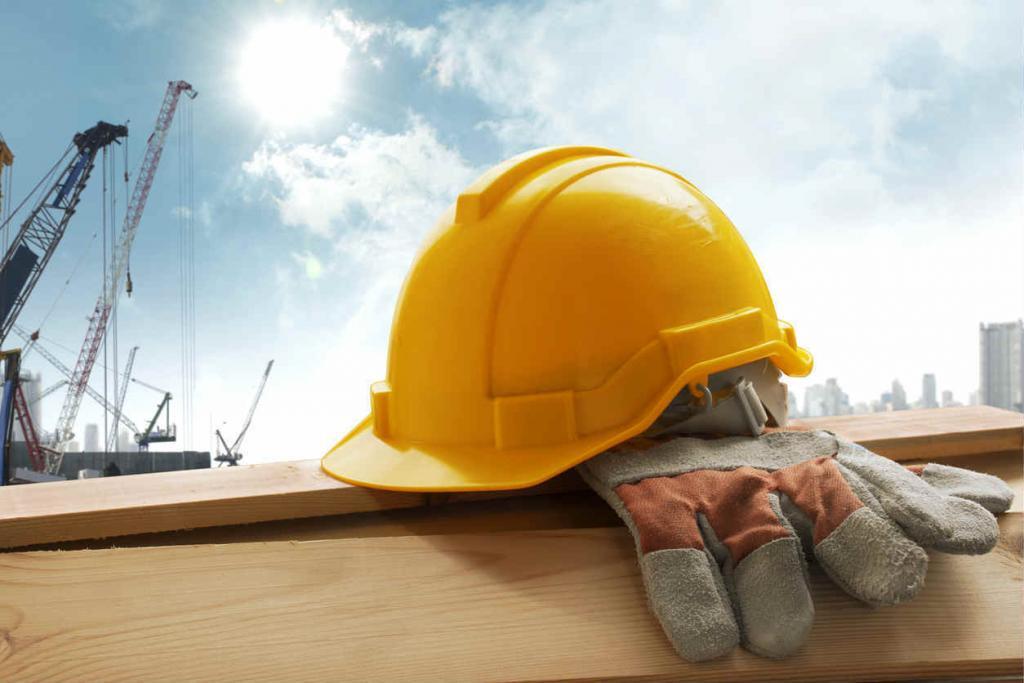Construction is high-risk for worker injuries and illness. Learning risk mitigation is key to safety.

The construction industry is one of the most hazardous sectors to work in due to the high risk of injury and illness that workers face daily. Understanding these risks and the measures that can be taken to mitigate them is essential for maintaining a safe work environment. This article will discuss common occupational hazards in construction, preventive measures, and the role of safety gear.
Common Occupational Hazards in Construction Work
Construction workers are exposed to a wide array of hazards that can lead to serious injuries or even fatalities. Some of the most common occupational hazards include:
- Falls from Heights: Working at elevated heights is common in construction, making falls one of the leading causes of construction-related injuries and deaths.
- Struck-by Object: Workers can be injured by falling, flying, swinging, or rolling objects, especially on sites where multiple activities are occurring simultaneously.
- Electrocutions: Exposure to live electrical wires and misuse of electrical equipment can lead to severe injuries or death.
- Caught-in/between: Workers can be caught in or compressed by equipment and objects, or struck, caught, or crushed in collapsing structures or materials.
Preventive Measures to Mitigate Occupational Hazards
Mitigating risks in the construction industry requires a comprehensive approach that includes:
- Training and Education: Ensuring all workers have the necessary training to recognize hazards and know how to avoid them.
- Safety Equipment: Providing proper personal protective equipment (PPE) such as hard hats, safety glasses, and harnesses for work at heights.
- Regular Safety Audits: Conducting regular inspections and audits of the worksite to identify and rectify potential hazards.
- Emergency Preparedness: Having a clear, well-communicated emergency plan in place, including first aid and rapid response to incidents.
Real-life incidents highlight the importance of safety in the construction industry. For example, the collapse of scaffolding at a major construction site, resulting in multiple injuries, underscores the need for strict adherence to safety protocols and regular equipment checks. Such events serve as sober reminders of what can go wrong and the critical importance of preventive measures.
The Role of Safety Gear in Minimizing Occupational Risks
Safety gear, or personal protective equipment (PPE), is the last line of defense against workplace hazards. Essential safety gear in construction includes:
- Hard Hats: Protect against falling objects and bumping into fixed objects.
- Safety Glasses or Goggles: Shield the eyes from flying particles, chemicals, and harmful exposure.
- High-Visibility Clothing: Ensures workers are seen by operators of vehicles and machinery.
- Safety Harnesses: Crucial for preventing falls from heights.
Understanding and mitigating occupational hazards is crucial for worker safety in construction. By employing training, proper equipment, and safety protocols, risks can be significantly reduced. If you’ve been affected by a workplace injury, don’t hesitate to seek experienced legal advice. Contact the Law Office of James M. Hoffmann at (314) 361-4300 or contact us online for professional guidance on workers’ compensation claims.
